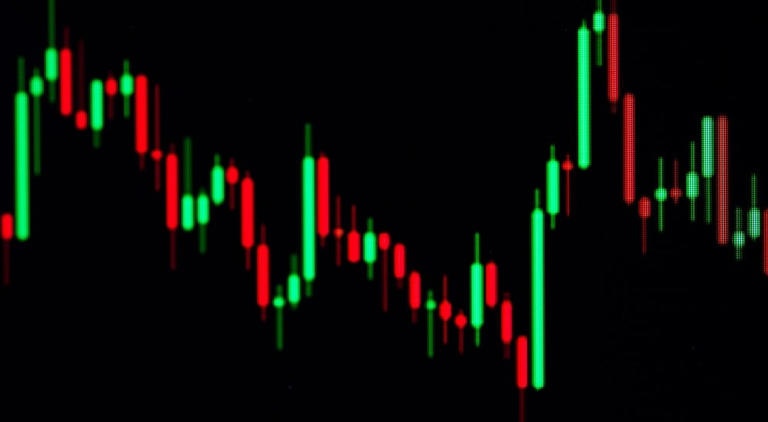The Fear & Greed Index seeks to provide a comprehensive view of market sentiment by considering seven key indicators, each contributing equally to the index’s calculation. These indicators encompass various aspects of investor behavior and market dynamics, offering insights into both fear and greed in the market.
One way the index measures fear and greed is by analyzing market volatility. High volatility often accompanies periods of fear, as investors become more uncertain and prone to panic selling. Conversely, low volatility may indicate complacency and greed, as investors become overly optimistic about market conditions.
Another important indicator is stock price momentum. Rising stock prices may signal greed, as investors chase after returns and fear missing out on potential gains. Conversely, falling stock prices may reflect fear, as investors rush to sell off assets in anticipation of further declines.
The Fear & Greed Index also considers market breadth, which measures the number of advancing stocks versus declining stocks. A broad-based rally, with a large number of stocks participating in gains, may indicate greed and bullish sentiment. Conversely, a narrow rally, with only a few stocks driving gains while others lag behind, may suggest fear and caution among investors.
Other indicators include safe haven demand, put and call options, junk bond demand, and market momentum. By analyzing these various factors, the Fear & Greed Index provides a holistic view of market sentiment, helping investors make informed decisions about their portfolios.
